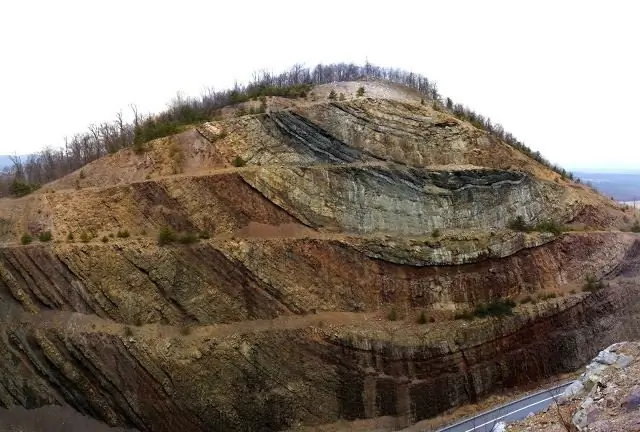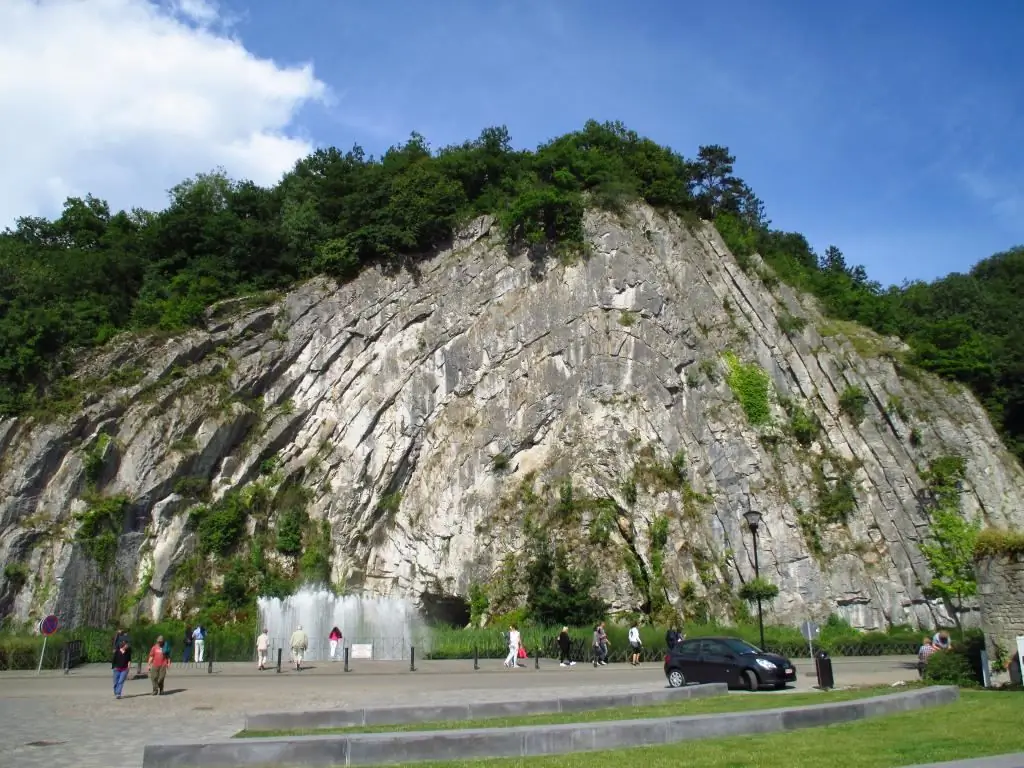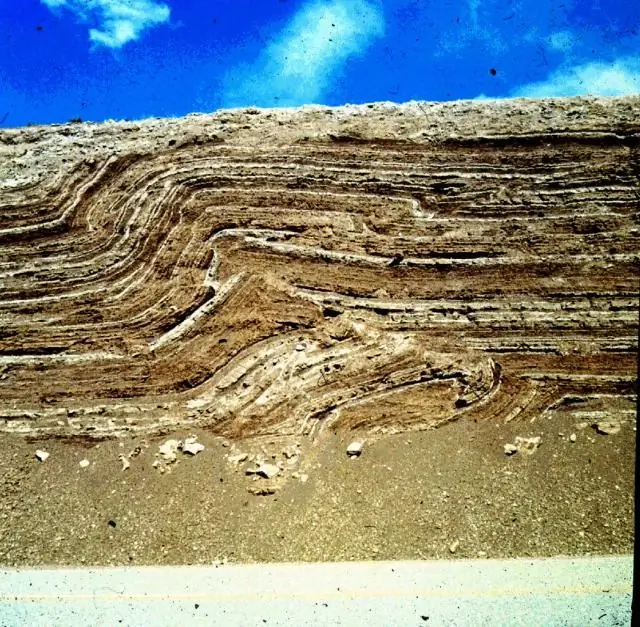In the molten mantle of our planet, various geochemical processes are constantly taking place, which are called endogenous. Such processes are caused by the thermal energy of the mantle and the earth's crust. Energy sources are the decay of radioactive elements and the gravitational differentiation of mantle rocks. These processes cause such phenomena as earthquakes, the emergence and development of islands, oceanic depressions and mountain ranges, volcanic eruptions, rock metamorphism, deformation and tectonic movements of the earth's crust in the vertical and lateral planes.
Crustal tectonics
Tectonic movements of the earth's crust are characterized by great complexity and have various forms. In the course of geological history, the layers of the earth's crust have been compressed into folds, pushed over each other, lowered, broken under the influence of forces of tension, compression or friction.
In geology, the process of lifting the earth's crust is called diastrophism and is divided into orogeny - mountain building, and epeirogenesis - formationmainland.
Epeirogenic movements are characterized by slow secular movements with a small (on a geological scale) amplitude, do not lead to the formation of folds, faults and other disturbances. On the scale of the geological history of the planet, they can be called oscillatory.
Orogenic movements lead to the formation of mountain ranges. Compression of the continental crust during the collision of lithospheric plates forms folded mountains.
Forms of folded rock bedding

A fold is an undulating bending of a rock formation while maintaining its integrity. The elementary forms of folds are synclinal (concave) and anticlinal (convex) forms of folds. In undisturbed geological structures, they are usually located side by side and are called complete folds.
Syncline fold
A syncline is a fold in which parallel layers of previously horizontally deposited rocks sink towards the center. The youngest rocks, which by the beginning of the deformation were the upper layer of sedimentary rocks, are located along the axis of the fold, and the oldest ones are on its wings.

In severely deformed rocks, if it is impossible to determine the roof and the bottom of the reservoir, this term - "syncline" - is not used, it is replaced by the word "synform".
The bowl is a syncline, the length of which is almost equal to the width, has a rounded shape.
Trough is a syncline that has an oval horizontal projection.
Anticline fold
In the anticline, horizontal layers before the formation of folding rise in the center of the fold. The rocks, which at the beginning of the deformation were the uppermost layer of sedimentary rocks, are located on the wings of the fold, and the most ancient ones are along its axis.

By analogy with the syncline, if it is impossible to determine the age of the rocks that make up the fold, the name "anticline" is not used. In this case, the fold of rocks, facing upwards, is called an antiform.
Anticline fold with comparable length and width is called a dome.
Monocline
Unlike the syncline and anticline, the monocline is not a folded structure, despite the similar sound. The monoclinal occurrence of layers is formed when one plate of the earth's crust creeps onto another along the fault line and is characterized by the same, very close to the horizon line, the slope of the rock layers. Sometimes it is considered as a very large fold with one wing.

In monoclines, knee-like bends of formations in the vertical plane are often encountered without breaking their integrity, but with stretching of the layers. Such bends are called flexures.

